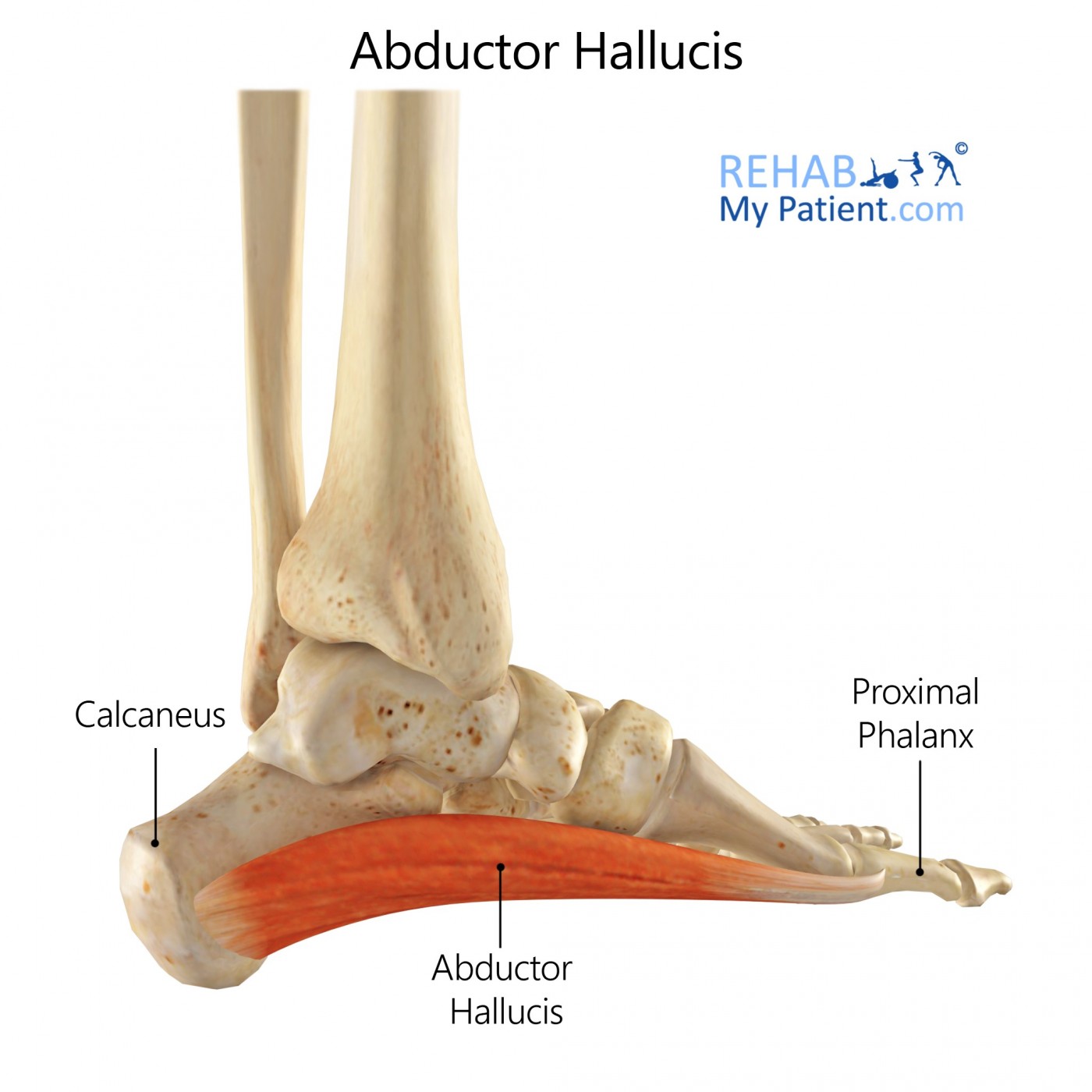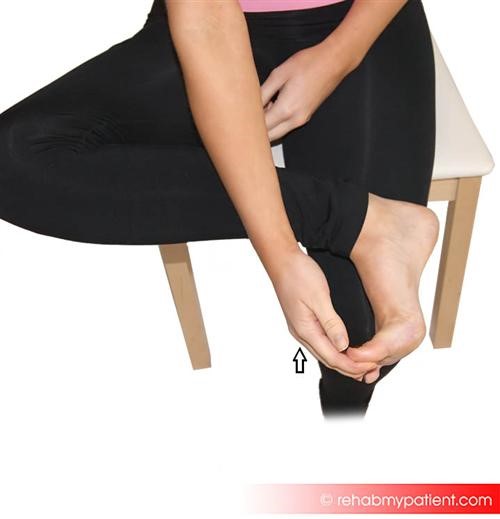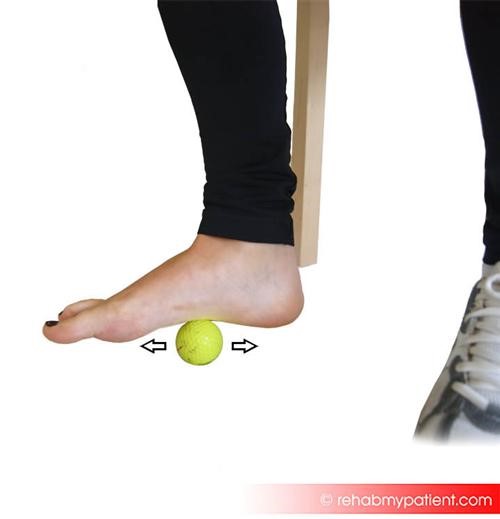
General information
The abductor hallucis muscle is found along the foot’s medial border. It enables the up and down movement of the great (big) toe and supports the inner arch of the foot.
Literal meaning
It is the muscle that moves the great toe away from the midline of the body (abduction).
Interesting information
Despite the significance of this muscle, strains to the abductor hallucis frequently go misdiagnosed and/or untreated. These strains may result from excessive pronation of the foot, improper and extended standing posture, and tremendous burden being placed on the foot due to overweight or continuous heavy lifting. This is often mistaken for, but can also lead to, the painful inflammation of the plantar fascia. Undue exertion of pressure on the lateral plantar nerve may cause aggravation of the pain.
Trigger points in the muscle can lead to calcaneal pain and bone spurs may result from muscle dysfunction.
The medial plantar nerve, which innervates the abductor hallucis muscle, is a division of the sciatic nerve because it branches from the tibial nerve. If the abductor hallucis compresses this nerve, it may lead to a tingling sensation or numbness.
Origin
The medial section of the posterior aspect of the calcaneus (at the back of the foot).
Insertion
It is generally accepted that it inserts at the side of the great toe (medial region of the base of proximal phalanx); however, at least one recent study has shown additional types of insertion, including:
- A dual slip insertion into both the sesamoid bone and the base of the proximal phalanx.
- Insertion solely at the sesamoid bone.
- An insertion that is “divided into superficial tendinous and deep fleshy parts”, which are attached to the base of the proximal phalanx and also to the joint that is found between the tip of the metatarsal bone and the bottom of the proximal phalanx (Metatarsophalangeal Joint) of the big toe, correspondingly.
Function
The major functions include:
- Flexing the great (big) toe.
- Moving the great/big toe away from the others (Abducting).
- Supporting the inside (medial) arch of the foot.
Nerve supply
It is innervated by the medial plantar nerve.
Blood supply
The main blood supply is from the medial plantar artery.

Relevant research
Adduction deformity of the forefoot may result from a spastic abductor hallucis. Correction of this defect is possible with partial resection of the muscle. (Bleck, 2008)
Bleck, E.E., (2008). Spastic abductor hallucis. Developmental Medicine & Child Neurology 2008;9602-608 doi 10.1111/j.1469-8749.1967.tb02331.x
Abductor hallucis exercises
Gentle exercises can be done to relieve strain to the abductor muscle. Sit down on a chair and cross your legs. Take hold of your great (big) toe and gently stretch it upwards. Hold the position for 20 seconds then return toe to the starting position. Relax the toe for approximately 10 seconds and repeat another two times.

Another option is with the aid of a tennis ball, golf ball or squash ball. Sit upright and place your foot on a tennis ball. Massage the foot mildly by gently rotating the ball to and fro across the sole of the foot. Continue for two minutes, pause for 10 seconds, and then repeat.

References
Agawany A. E., & Meguid E. A., (2010). Mode of insertion of the abductor hallucis muscle in human feet and its arterial supply. Pubmed, 69(1)54-61.
Refaat Kamel & Francois B. Sakla, (2005). Anatomical compartments of the sole of the human foot. The Anatomical Record, 140, 1, 57-60.
Generate the CSS style for border radius, fonts, transforms, backgrounds, box and text shadows with the online CSS code generators.
Sign Up
Sign up for your free trial now!
Get started with Rehab My Patient today and revolutionize your exercise prescription process for effective rehabilitation.
Start Your 14-Day Free Trial